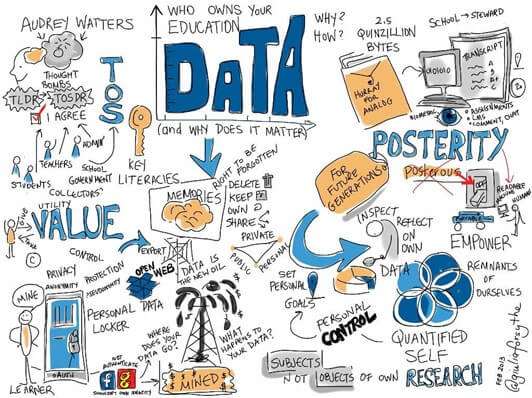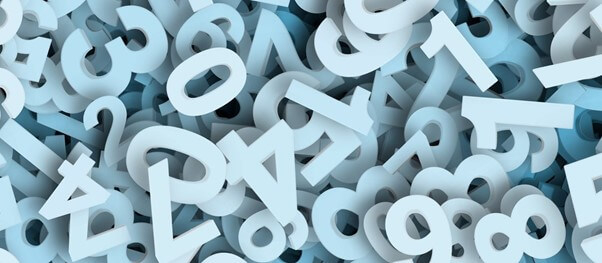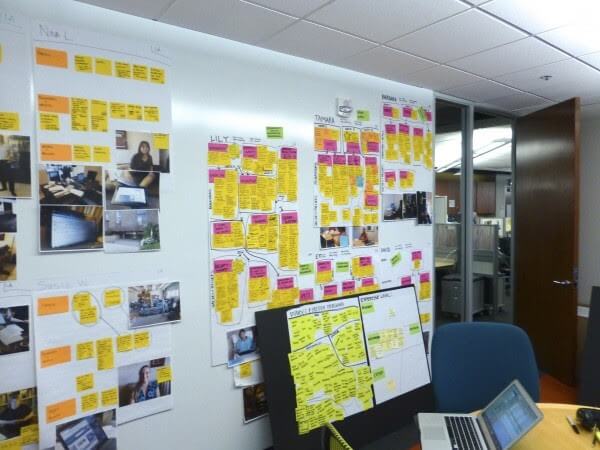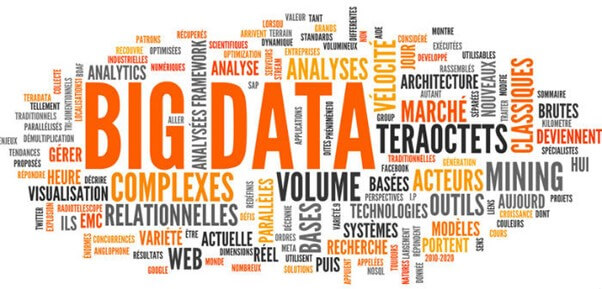What is data analysis? 2.0
So you understand a little more about data science and big data.
But now let’s dive into what is data analysis exactly?
Data analysis
Data vs Information vs Knowledge
So now we begin with the question, “What is data analysis?”. And just so you know – data analytics and data analysis are two terms that are often used interchangeably and essentially mean the same thing. In some parts of the world , experts talk about “analytics” rather than “analysis”
To answer the question “what is data analysis?”, it is useful for us to start by distinguishing between
- data,
- information and
- knowledge
These are the 3 key factors that you can associate with data analysis. Let us start with data.
As discussed in the video, data analysis is a process by which data is collected and used to obtain information which will be useful in making future decisions.
Data
What is data?
As an agent of LM13, you have probably heard the word data tossed around when they recruited you.
So, “What is data? Why does the organization deem it to be so important? ” Data is said to have become a common commodity of the world that you live in. Everywhere you go there is data ever present that can be collected. So what is it exactly?

Example of data >> you taking this course
Data can be simply looked at as a raw fact.
One example of that being that “you are taking this course” right now. This is a simple fact and a piece of data. So, you must be wondering why it is very important then?
With a collection of data, you can obtain information. You’re enrolled in this course, so that will result in a collection of data on:
- your progress,
- your quiz results,
- your tasks completed etc.
All this gives information about the course and you. We’ll touch on information in the next section.
For some more tips on Data.
So from the example above, data is a set of facts and statistics that can be used as a basis for obtaining information. Data is ever present and can be collected in different ways. There are different types of data which can be generally categorized into two groups; qualitative and quantitative data.
Types of data:
Click on the blue arrows below to find out more about Quantitative and Qualitative data.
Quantitative data comprises numerical figures, for which statistical methods can be used to get insight.
An example of this would be calculating an average mark for all the quizzes that you have done in this course to have an idea of how well you understood the content.

Qualitative data, also referred to as descriptive data, describes the characteristics or qualities of something. Qualitative data can be processed using classifications and groupings to observe patterns in the data.

Quantitative vs Qualitative
Different ways to collect data:
This also means that the way this data will be collected is different.
- Quantitative (numbers) data collection involves taking some form of measurements or records from experiments for example.
- Qualitative (descriptive) data collection can be obtained through methods like interviews and questionnaires.
Different purposes of data
Qualitative and quantitative data also have different purposes:
- Quantitative data is collected with an approach focused on “what” does the data say.
- Qualitative data however, arises from the question “why”, where the person collecting the data is seeking to understand and observe patterns from the data.
Big Data
What is big data?
Another term to know is big data, this is a term that refers to high volumes of data that are complex, or with great variety, that is constantly being updated.

Social network data is an example of this with large volumes of text messages, images and other types of media, all being handled and managed by the platform. All the while, this data is updated and continues growing instantaneously due to the large user base.
Big data is beyond the scope of this course and has grown into its own field – but we added this video to will highlight a little more about what BIG data is:
Let’s find out about the next 2 components of data analysis: Information and Knowledge next.
